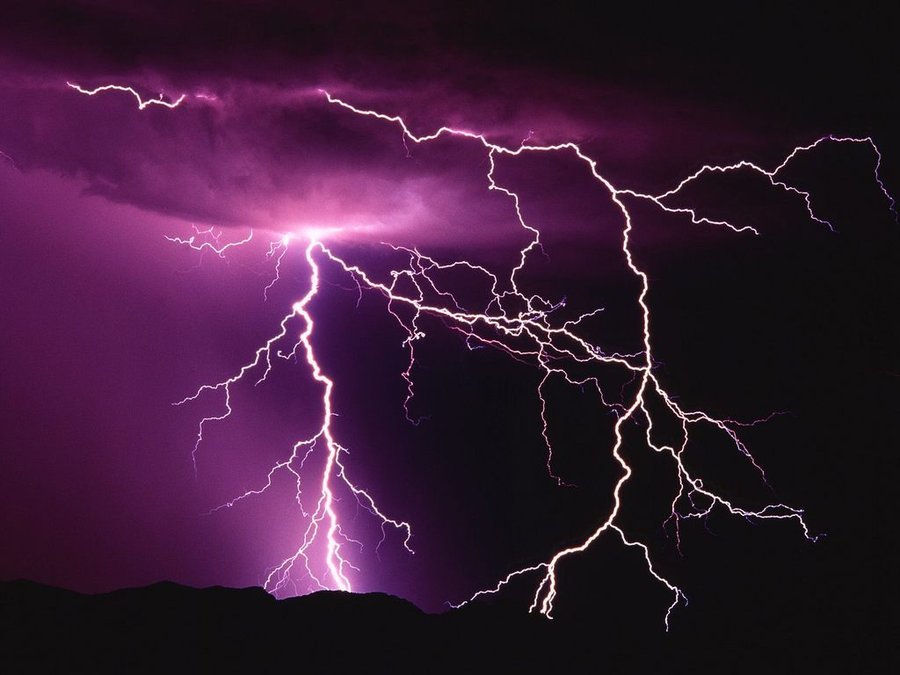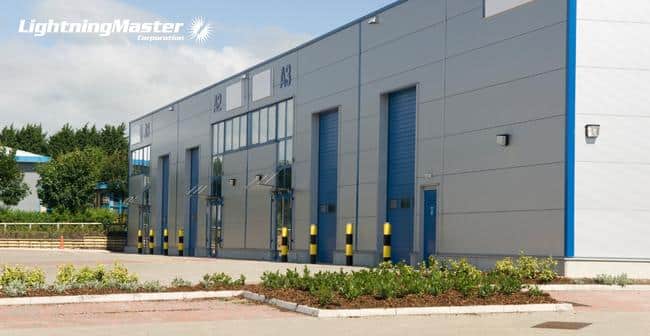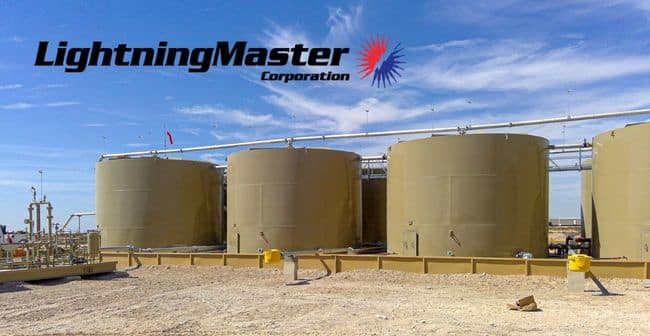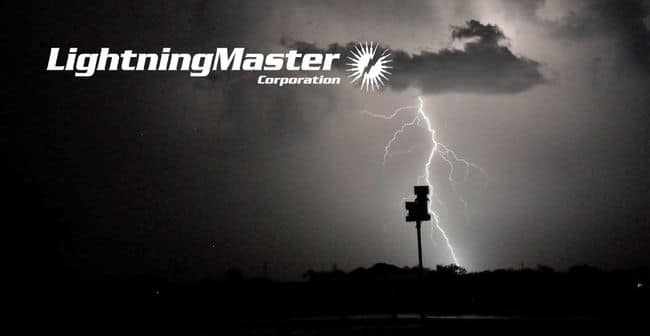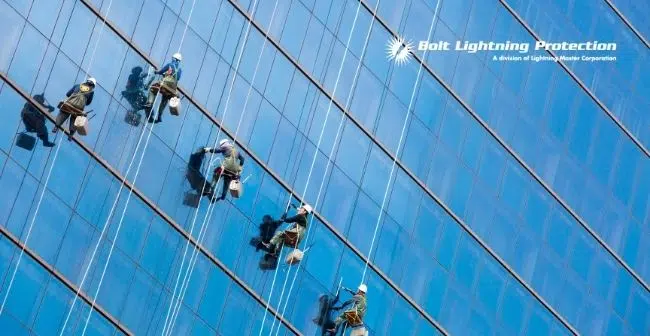Microprocessor-based equipment has improved modern operations; they run faster and more efficiently than ever. With technical advances, comes the requirement for progressive maintenance responsibilities and the need to step up the measures that protect them from damage. The measures that were adequate for equipment based on previous technologies would therefore be insufficient.
How Lightning Forms
As an electrical storm builds, various mechanisms create a stratified charge within the storm cloud, with an electrical charge at the base of the cloud. As the storm charge builds, so does the cloud base charge.
Since like charges repel, and opposite charges attract, the cloud base charge induces an opposite charge on the surface of the earth beneath it – it pushes away the same charge and pulls in the opposite charge. The cloud base charge attracts, or pulls, on the ground charge, trying to pull it off the surface of the earth. It is this tendency for the storm base charge and the ground charge to equalize through the intervening air which causes cloud-to-ground lightning.
As the storm cloud travels over the earth’s surface, it drags this ground charge along beneath it. When the ground charge reaches your facility, the storm cloud charge pulls it up on, and begins concentrating ground potential on your facility.
When it comes to lightning-vulnerable equipment, it is much more susceptible to damage from all types of transients. By its nature, it is not possible to make electricity travel faster. So, in order to make a device operate faster, the distances which the electricity must travel is reduced. As the distances and clearances are reduced, arc-over voltages become lower, reducing vulnerability to damage from transients.
Lightning Damage
This damage can range from catastrophic failure to minor outages; impacting everything from your company’s bottom line and repair budget as well as its inability to support your clients and their operations. The domino effects of lightning damage can further accumulate to the point of unreliable operations or ultimate failure, carrying with it an extended out-of-service period.
The National Fire Protection Association (NFPA) asserts codes and standards like those put forth by its NFPA 780: the Standard for the Installation of Lightning Protection Systems.
NFPA 780 “provides lightning protection system installation requirements to safeguard people and property from fire risk and related hazards associated with lightning exposure.”
The aspects of these installations covered include:
⋅ Traditional lightning protection system installation requirements for ordinary structures
⋅ Miscellaneous structures and special occupancies
⋅ Heavy-duty stacks
⋅ Watercraft
⋅ Wind turbines
⋅ Structures housing explosive materials
⋅ Structures containing flammable vapors, flammable gases, or liquids that give off flammable vapors
As an organization, NFPA’s mission is to: “reduce the worldwide burden of fire and other hazards on the quality of life by providing and advocating consensus codes and standards, research, training, and education.”
Lightning Master’s Chairman and CEO, Bruce Kaiser is a is a principal member of the NFPA 780, Committee on Lightning Protection and with the rest of the professionals is dedicated to the continuous improvement of safety standards.
Lightning Master Corporation has a three pronged approach to lightning protection:
1. Bonding and Grounding
2. Structural Lightning Protection
3. Surge Suppression
To learn more about lightning protection view our technical papers.
